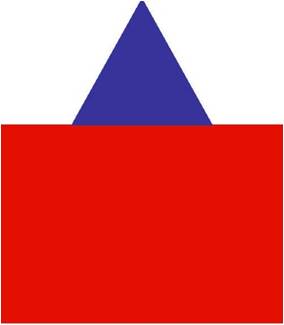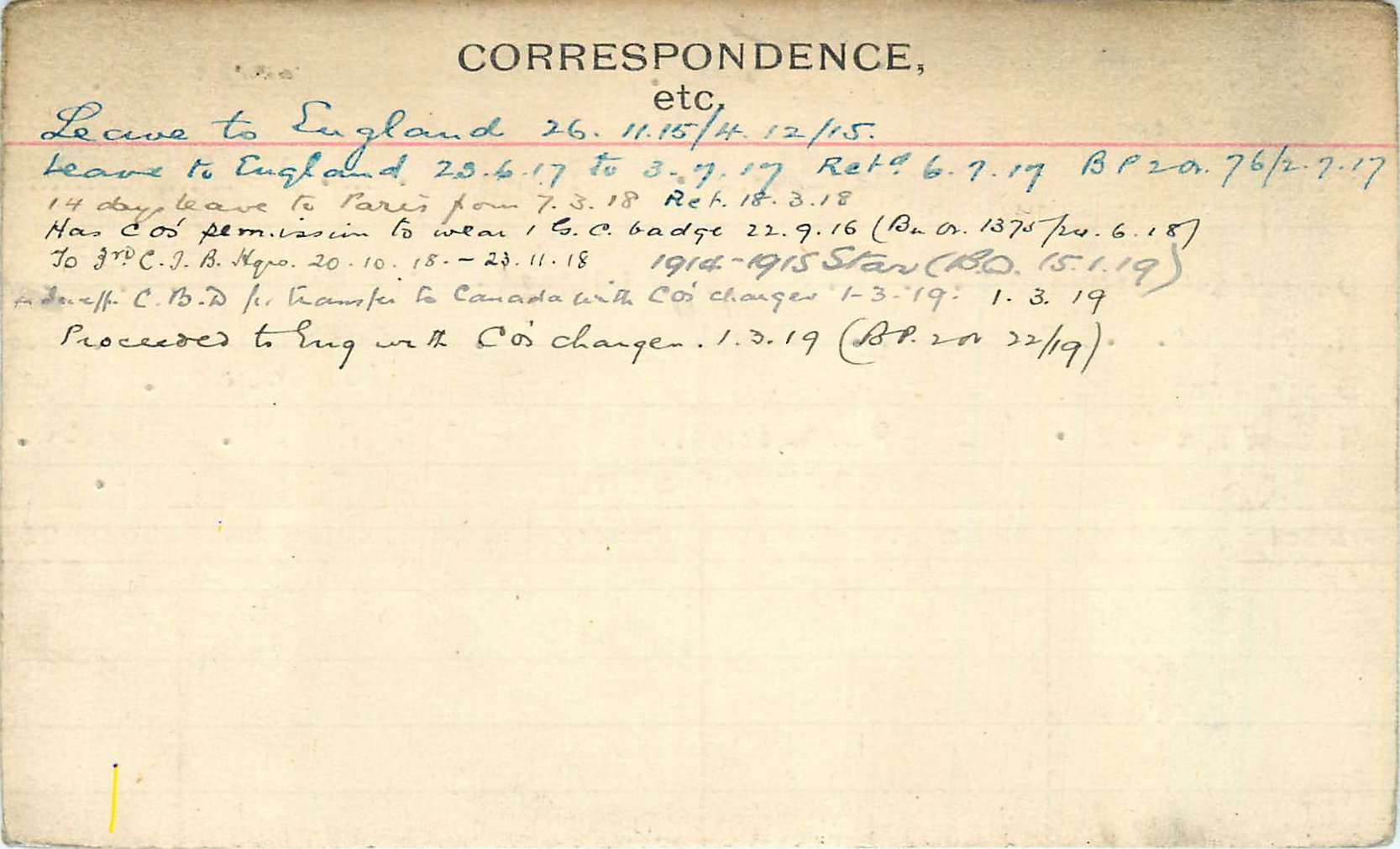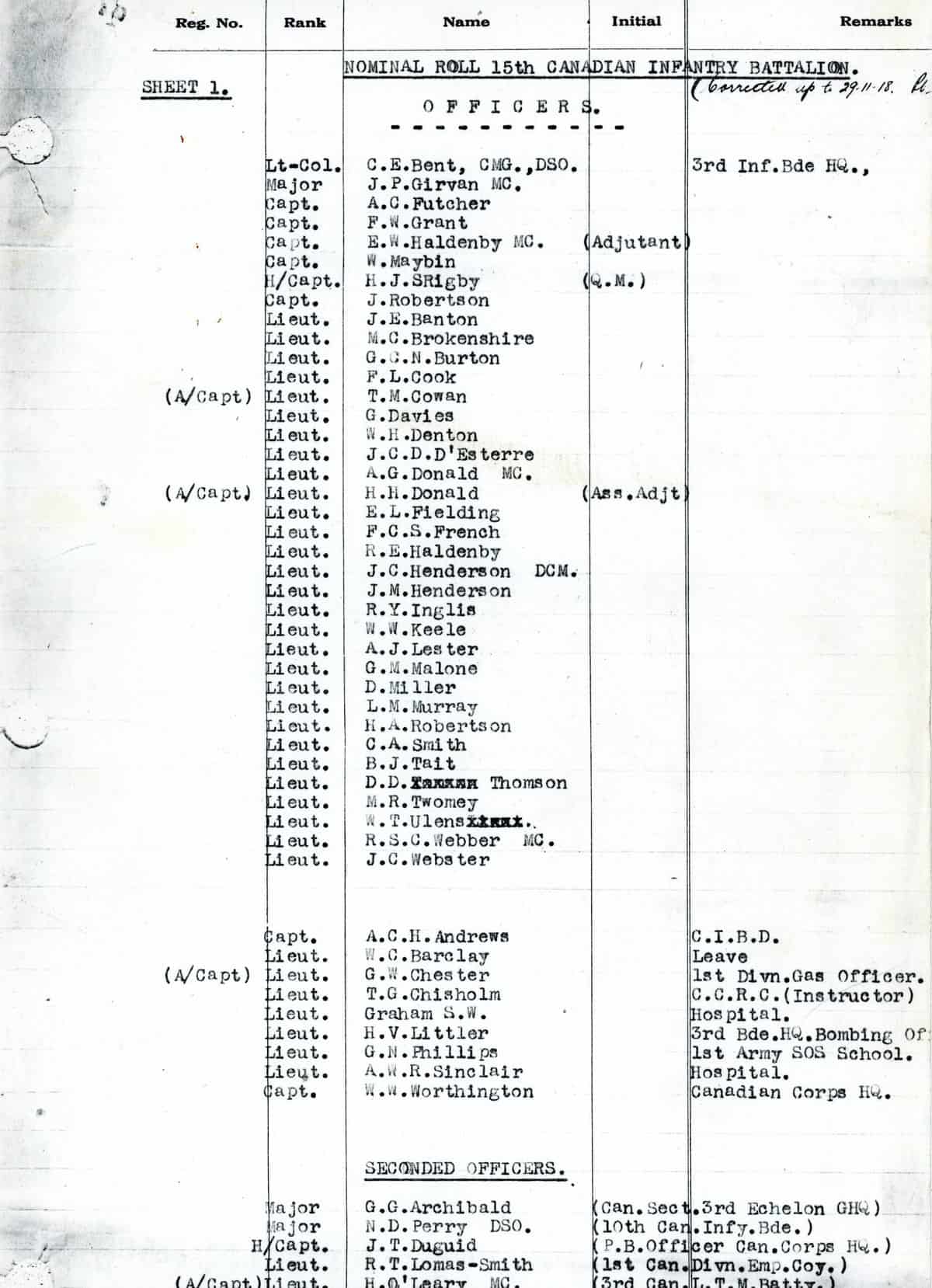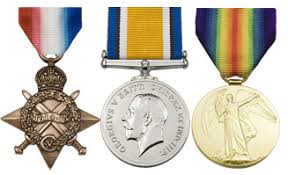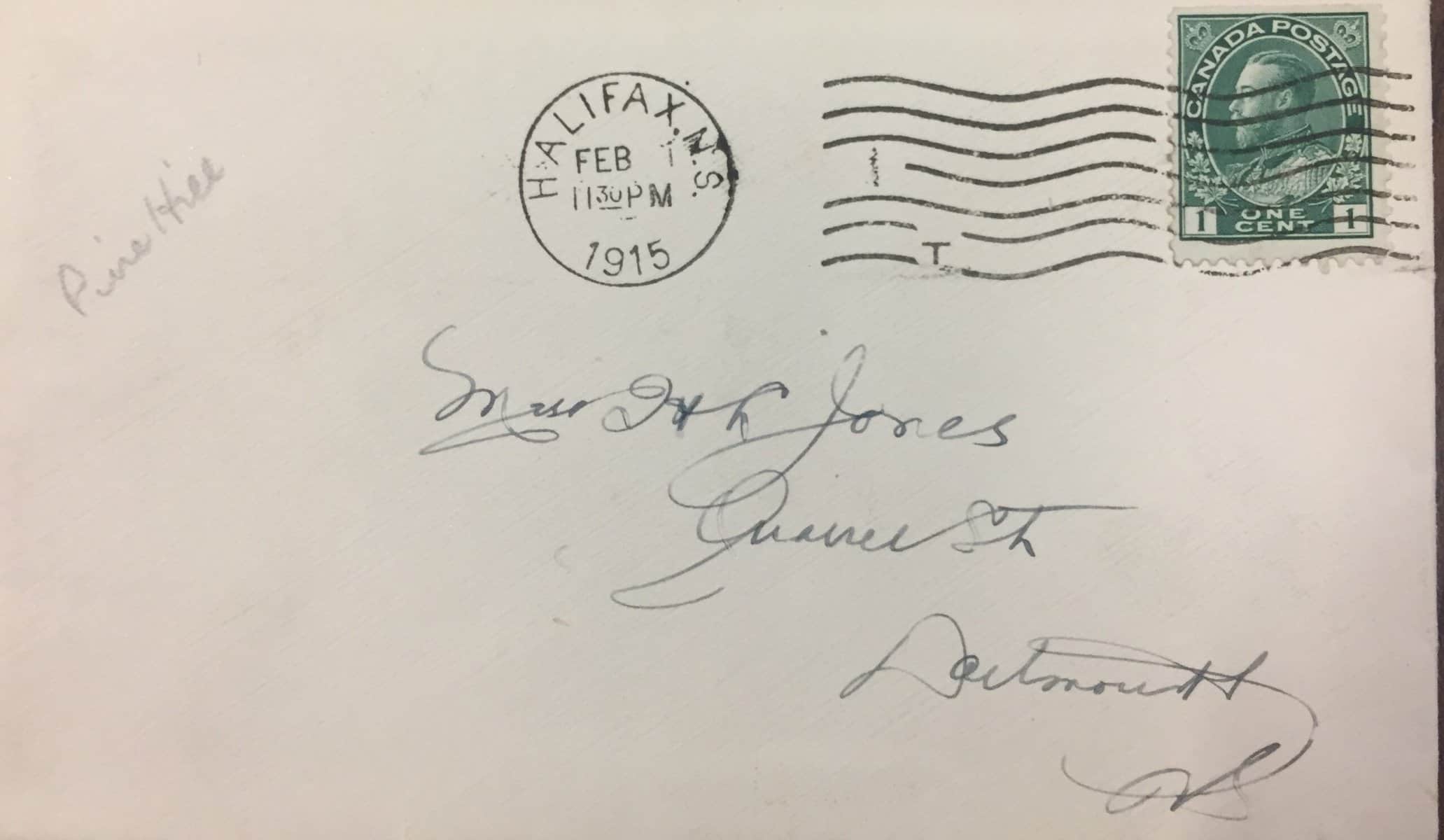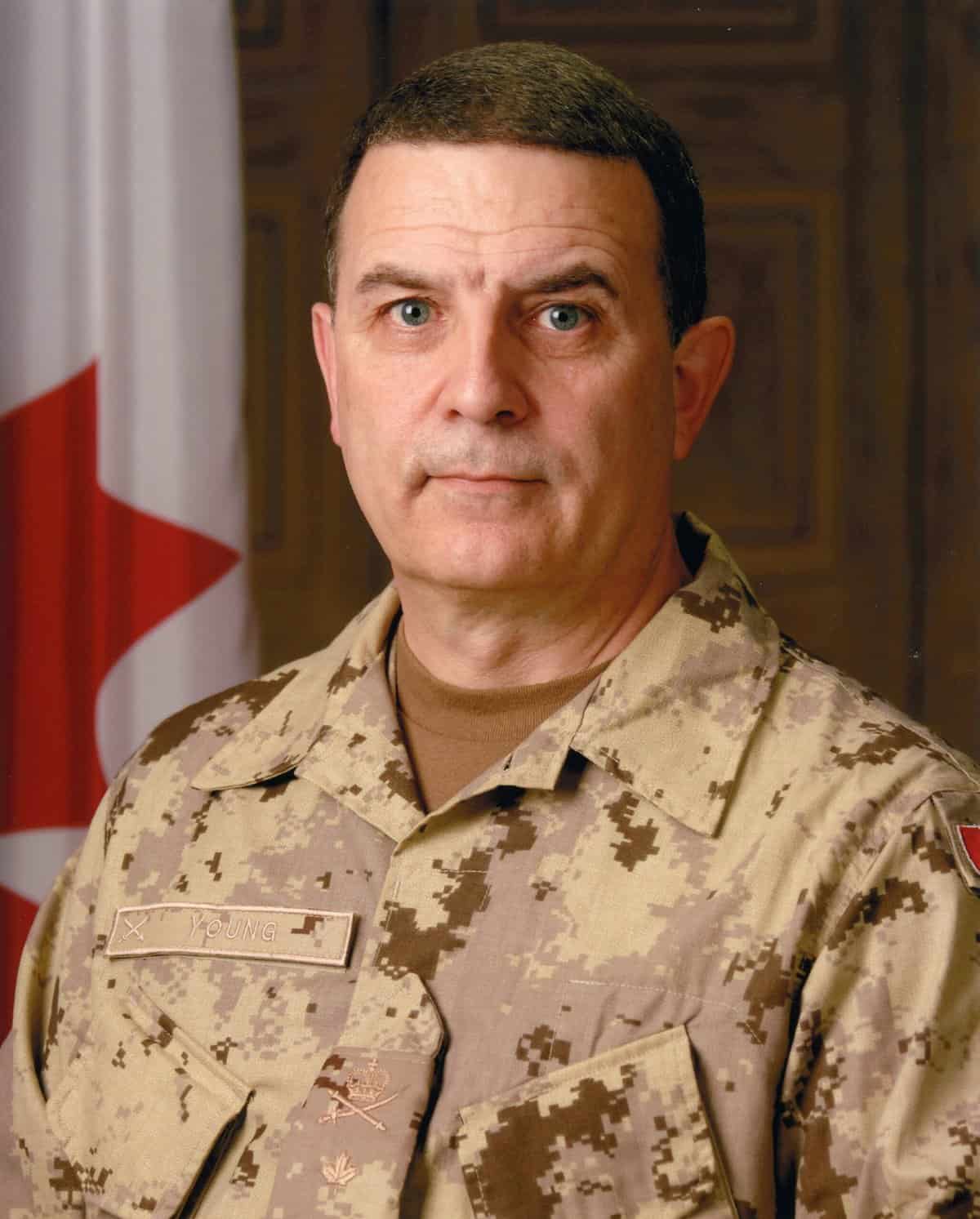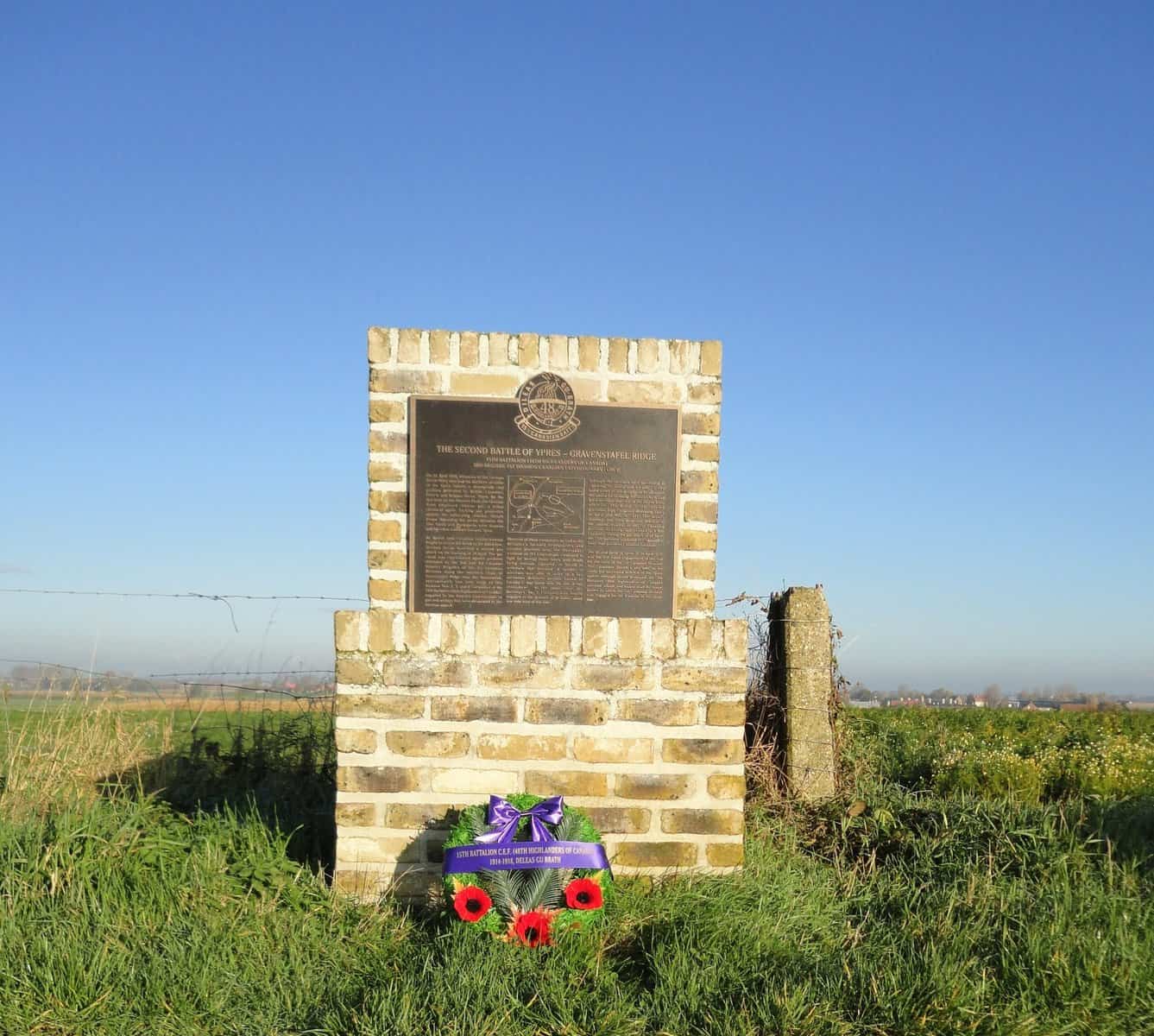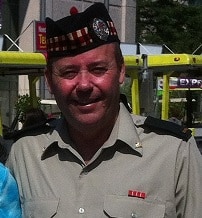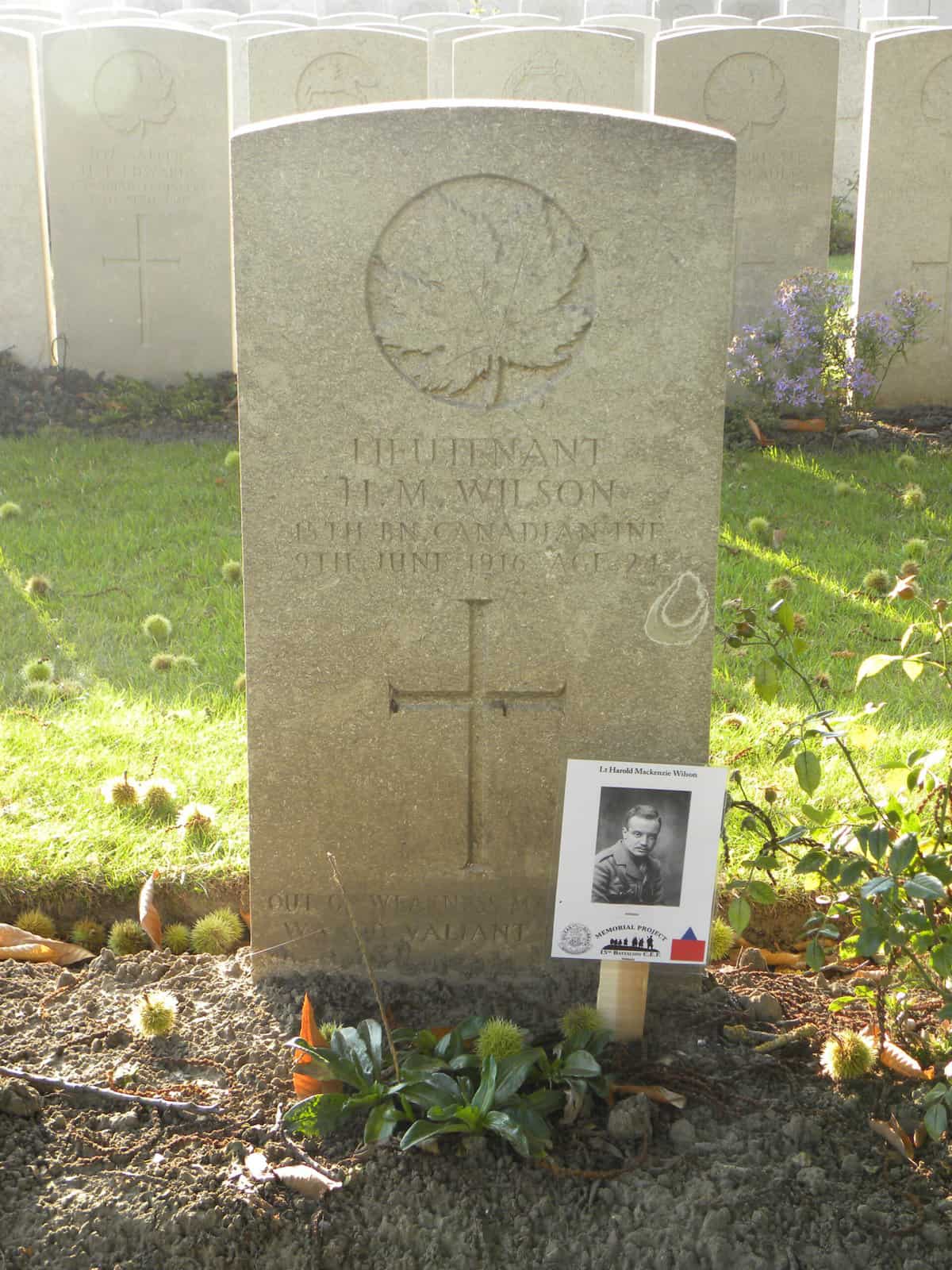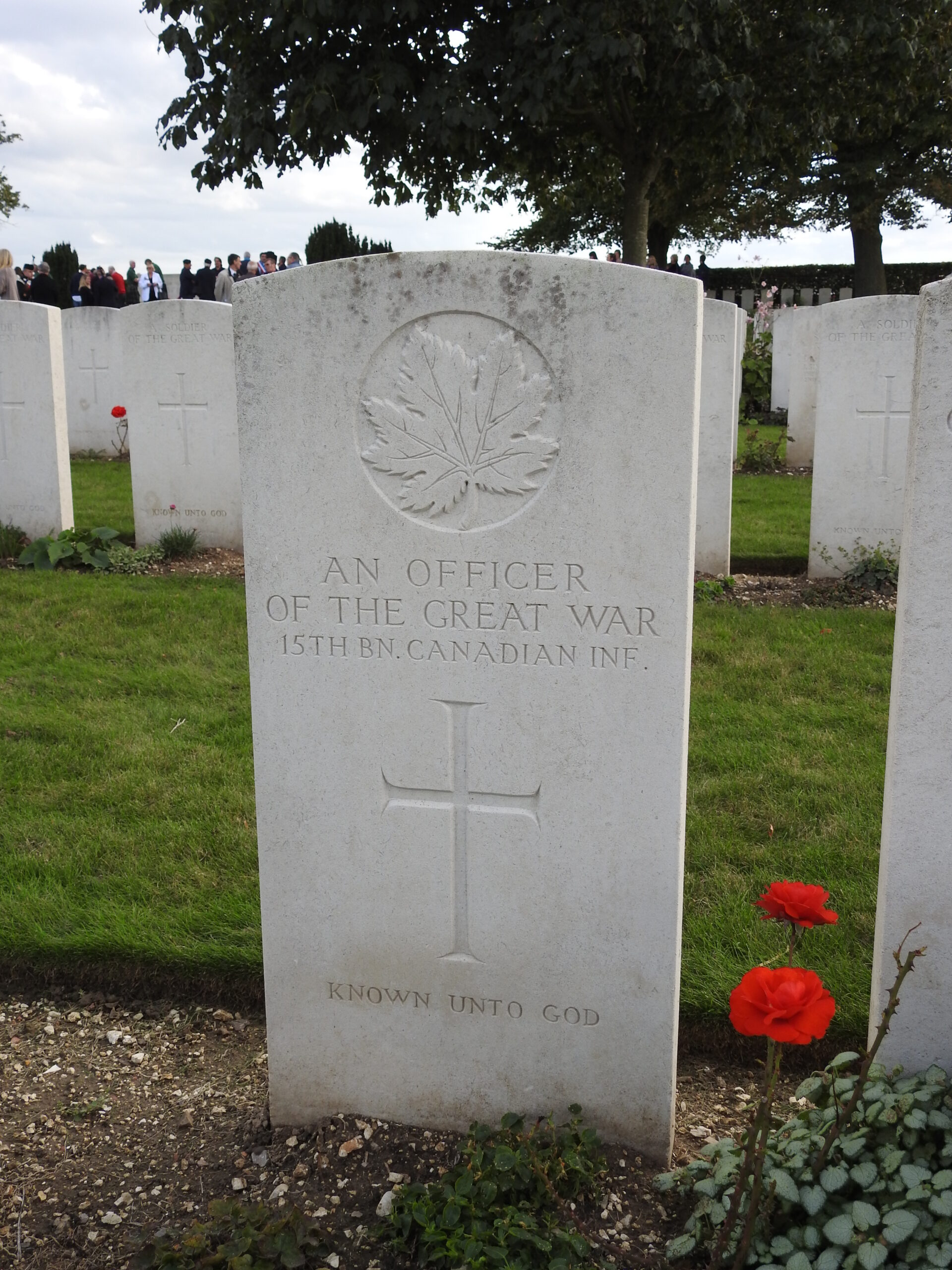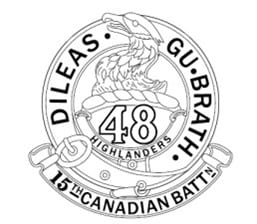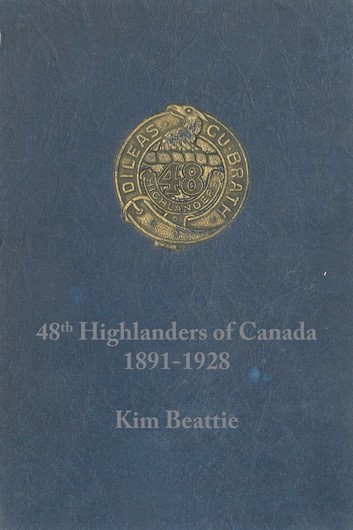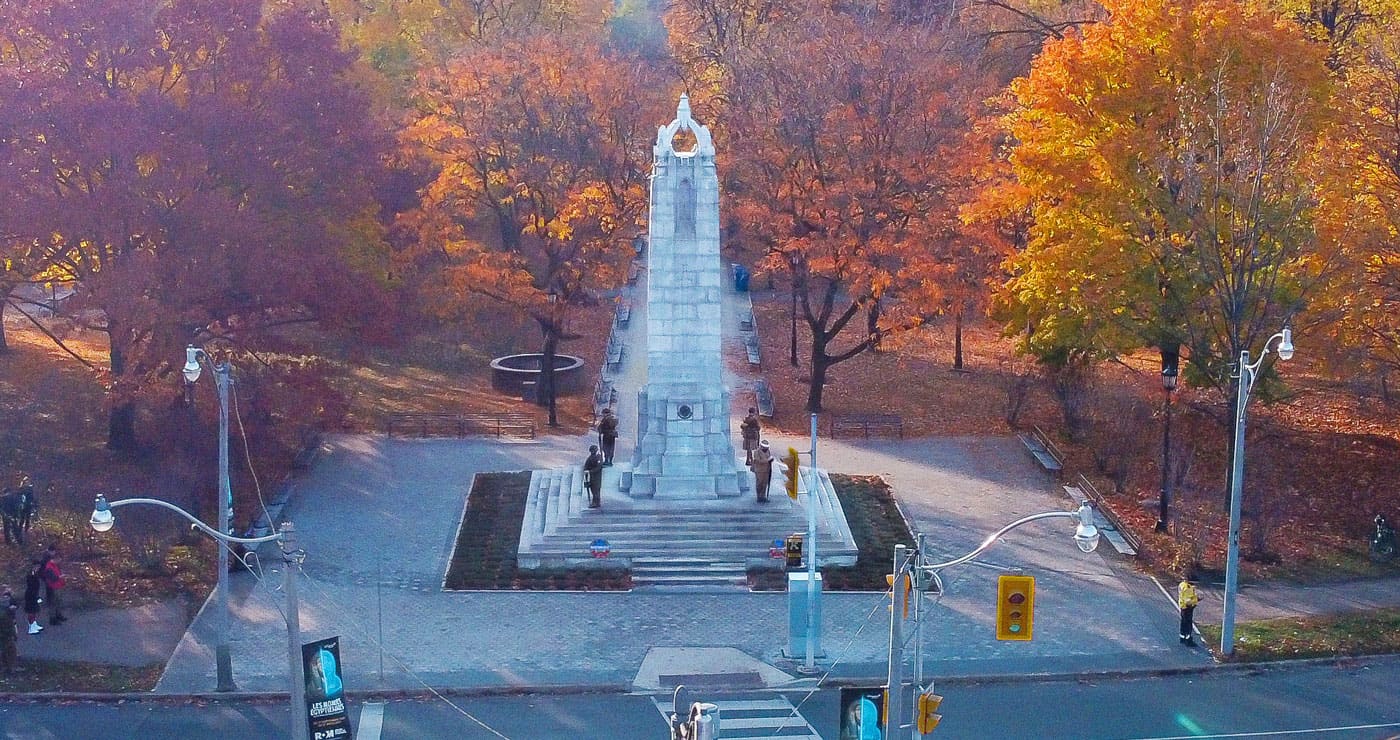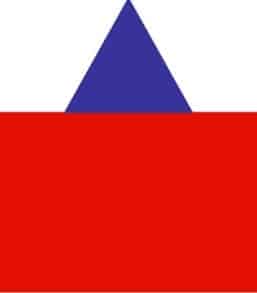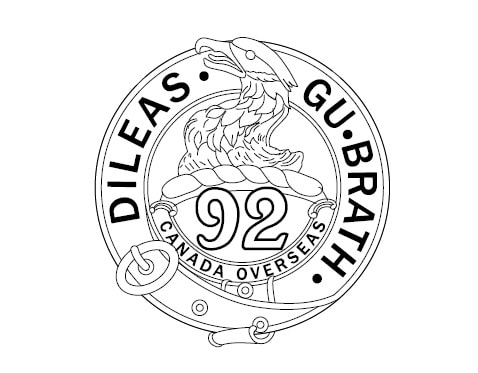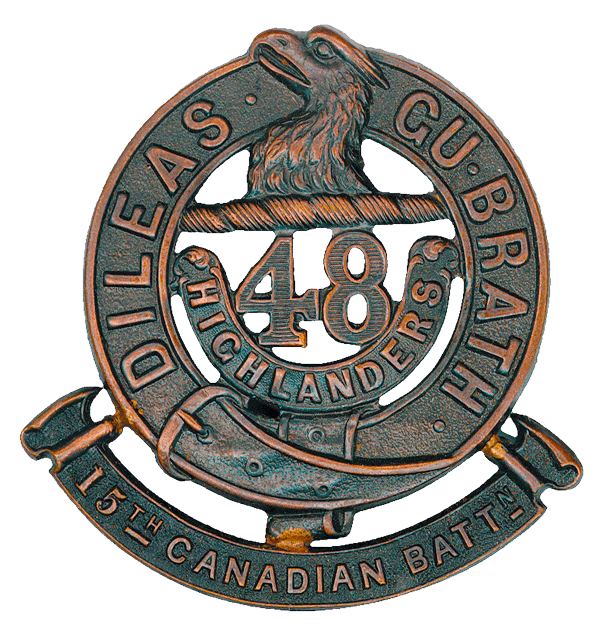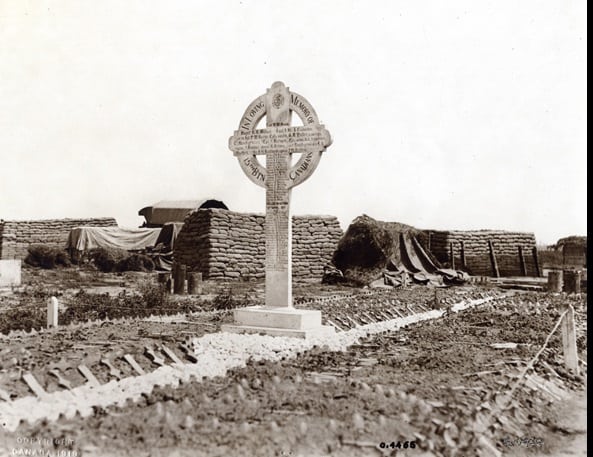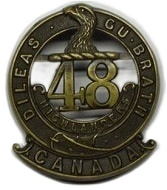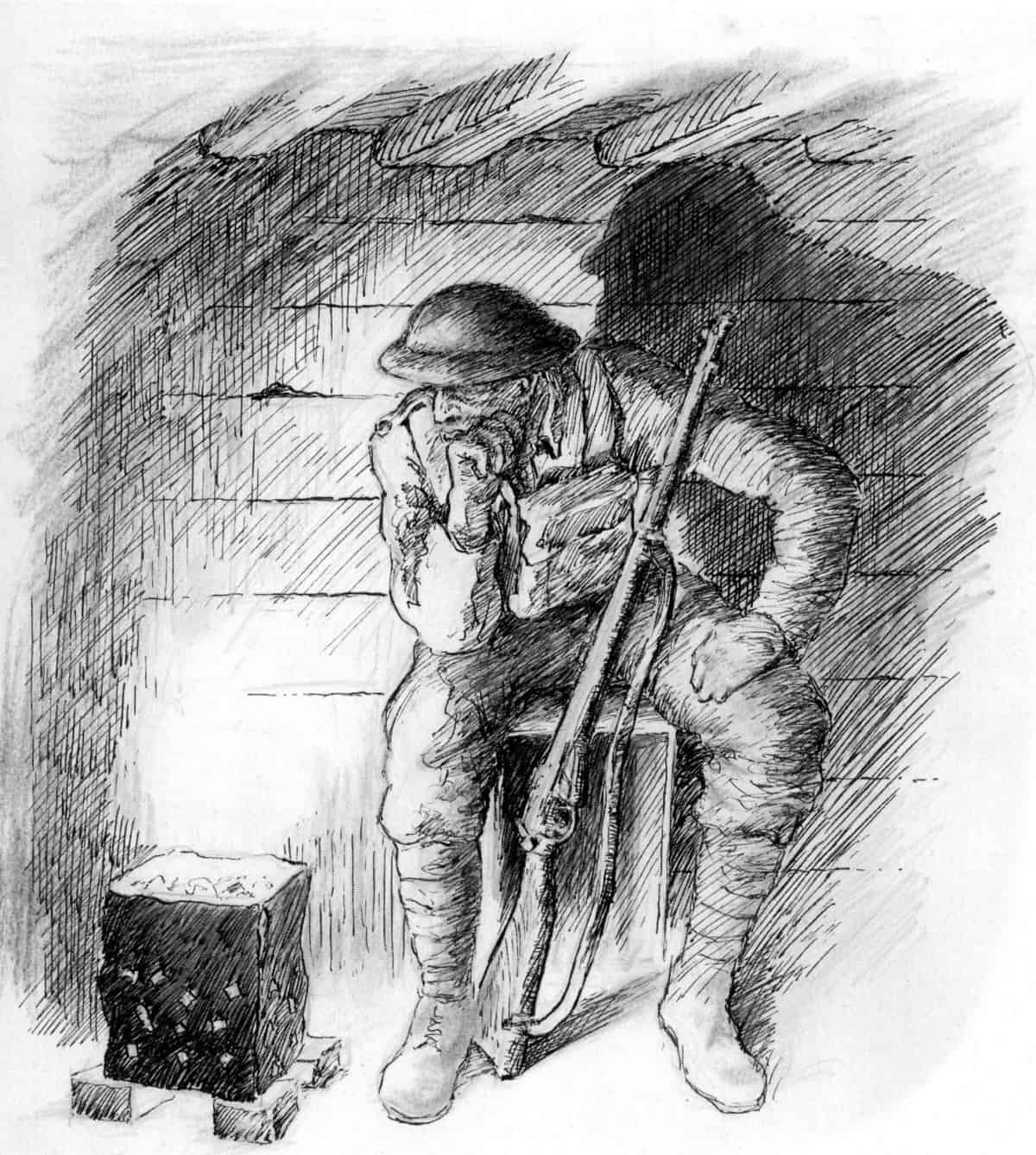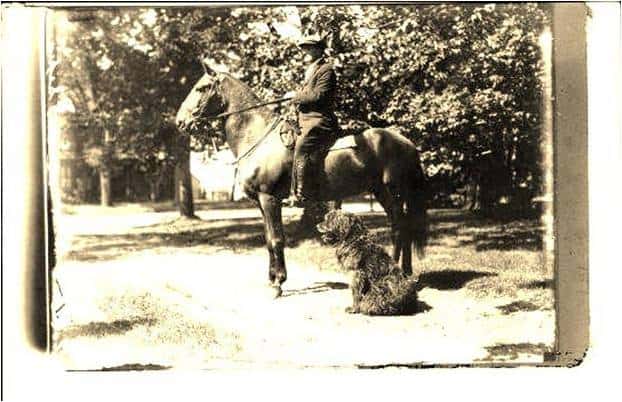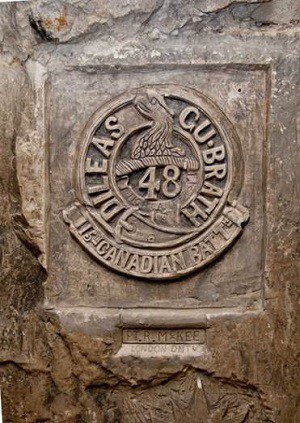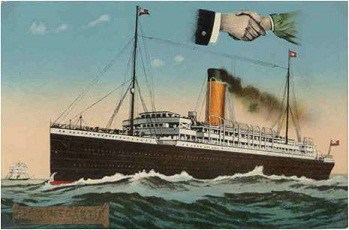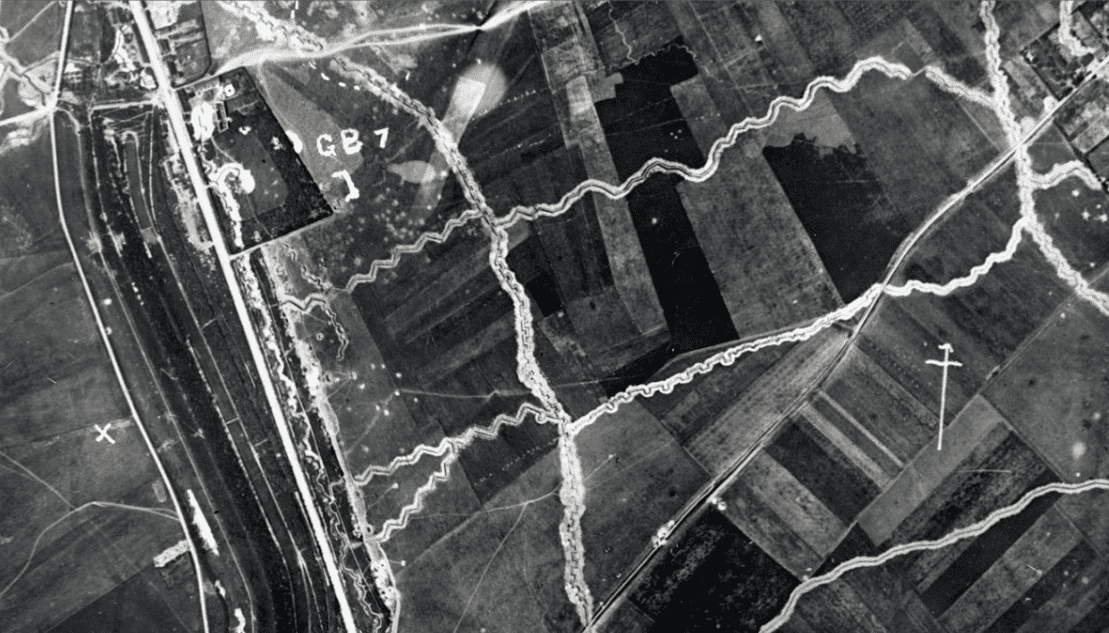The 48th Highlanders of Canada raised three infantry battalions – the 15th, 92nd and 134th – for service during The Great War as well as providing large drafts of officers and men for other Canadian Expeditionary Force (CEF) units – principally the 19th, 35th, 58th,73rd and 74th Battalions. Of the three ‘48th’ battalions, the 15th was the only one to reach the front serving continuously from 1914 to 1919 as one of the four units of the 3rd Infantry Brigade of the 1st Canadian Division.
Upon formation at Valcartier in September 1914, the new unit became the 15th Battalion and later upon reaching the UK it was officially named the 15th Battalion (48th Highlanders) reflecting the fact that the majority of its 1283-man establishment was made up of 836 men from the Militia regiment “The 48th Highlanders.”
Although viewed as a ‘Toronto’ battalion, the balance of its original establishment contained significant numbers of men from other Ontario and Quebec Militia regiments: large contingents from the 31st Grey and 97th (Algonquin Rifles) Regiments as well as smaller groups from the 2nd Dragoons, 13th Scottish Light Dragoons and 26th Stanstead Dragoons. Following the terrible losses suffered by the battalion at 2nd Ypres in April 1915, the 15th’s composition, like all CEF battalions, gradually and steadily changed over the course of the war as casualties were replaced by reinforcements from many other CEF units. Research to-date indicates that over sixty units contributed reinforcement drafts to the 15th Battalion. The result was that despite its ‘Toronto roots,’ the battalion’s composition became much more ‘national’ with men from virtually every part of the country and many from the USA. The Battalion’s last Nominal Roll taken at Bas Oha, Belgium in 1919 prior to embarkation for the UK listed less than one hundred men of the original 15th Battalion still on strength. However, throughout the war the connection to the 48th Highlanders remained strong with the most visible evidence of this being the 48th pattern badges, insignia, Pipes & Drums and of course the Davidson tartan kilts worn by all ranks. Additionally, large numbers of the reinforcements to the 15th came from its sister ‘48th’ battalions, the 92nd and 134th, who also maintained their connections to and the traditions of their common parent Regiment. Hence throughout the war it was common practice for the 15th Battalion to frequently be simply referred to as ‘the 48th Highlanders’.
As part of the 3rd Infantry Brigade, the 15th Battalion participated in all the actions in which the 1st Canadian Division was engaged from the early days of 1915 through to the battles of the 100 Days campaign in late 1918.
The battalion crossed the Rhine in December 1918 and was garrisoned at Engelskirchen Germany as part of the Occupation Force holding the Cologne bridgehead until 5 Jan 1919 when it departed for Bas Oha, Belgium. The 15th left Belgium in March and following a short stay in the UK, sailed for Canada on board the RMS Baltic returning home to Toronto in a triumphant parade through the city in May 1919. Following a weekend of festivities on the battalion’s return to Toronto and a parade to hand over its Colours to The Regiment, the men of that great wartime unit departed for home. Although not officially disbanded until 30 August 1920 – the 15th Battalion was no more. In the words of author Kim Beattie, “the Battalion of which they were so justly proud had dissolved and vanished, leaving only a glorious memory.”
For its service during The Great War, the 15th Battalion was awarded 21 Battle Honours in 1928 by His Majesty the King.
Between Feb 1915 and 13 Jan 1919, the decorations awarded to members of the 15th Battalion were as follows: CMG – 1; DSO – 5 + 2 bars; MC – 35 +1 bar; CdG France – 1; DCM – 26 + 3 bar; MM – 162 + 11 bar; MSM – 2; CdG Belgium – 3. More honours and Awards came in the immediate post war years – mainly but not exclusively to repatriated POWs.
Between 15 Feb 1915 and 11 Nov 1918 approximately 6300 officers and men passed through the 15th Battalion and of those, 61 officers and 1406 non-commissioned officers and men died while serving with the battalion. Click HERE to see a gallery of all those Highlanders who died as the result of their service. The gallery allows you to “drill down” to see a page devoted to each Highlander.
The 15th Battalion had three Commanding Officers during the war: LtCol JA Currie was the first CO and was returned to Canada following 2nd Ypres; the DCO, LtCol WR Marshall DSO replaced him but was KIA at Hill 60 in May 1916; LtCol CE Bent CMG DSO, a reinforcement officer from the 17th Battalion, assumed command after Marshall’s death, remained CO for the duration of the war and the Occupation and brought the battalion home in 1919. When on extended leave or when he was severely wounded at Amiens in August 1918, Major WJ Forbes DSO and Major JP Girvan CBE, DSO, MC, VD were Officers Commanding until Bent returned to command in late September. Of note is the fact that Major Girvan – a private soldier at 2nd Ypres in 1915 and commissioned from the rank of Sergeant – commanded his battalion at The Crow’s Nest, The Drocourt Queant Line and the Canal du Nord in Sept 1918. He commanded the 48th Highlanders twice in the post war years and was promoted to Brigadier General during WW2.
Like many Canadian Expeditionary Force units, the 15th Battalion had a battalion mascot: in fact, they had two. When the battalion entrained for Valcartier in 1914, their mascot Max, a large retriever, accompanied them and then sailed with the unit for the UK. The fate of Max is not known but he did not go with the battalion to France in 1915. While the unit was in line near The Piggeries (Ploegsteert) in August 1915, LtCol Marshall adopted a stray Belgian sheepdog – Bruno would remain the battalion mascot for the rest of the war and appears in many period photographs. When Marshall was Killed in Action (KIA), LtCol Bent adopted Bruno and brought him home at the war’s end to his farm in Paradise, NS. There was also an ‘unofficial’ mascot known affectionately as Fritz who was a German officer’s horse captured during the assault on The Crow’s Nest in September 1918. When the officer who had captured Fritz was later KIA at the Canal du Nord, LtCol Bent adopted Fritz and brought him home as well at the end of the war to live out his days in the apple orchards on his farm with Bruno.

